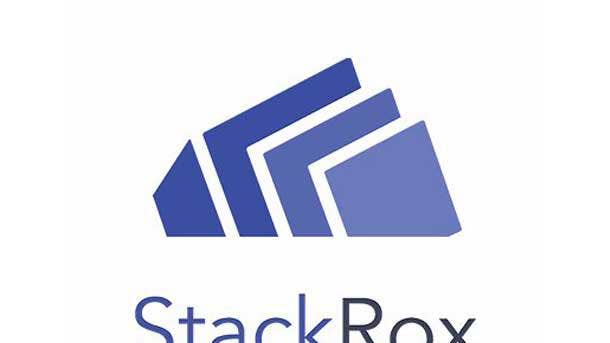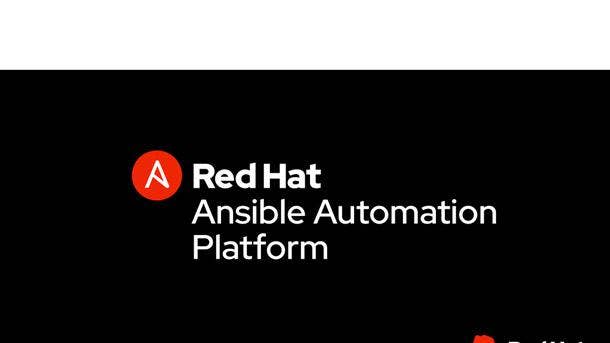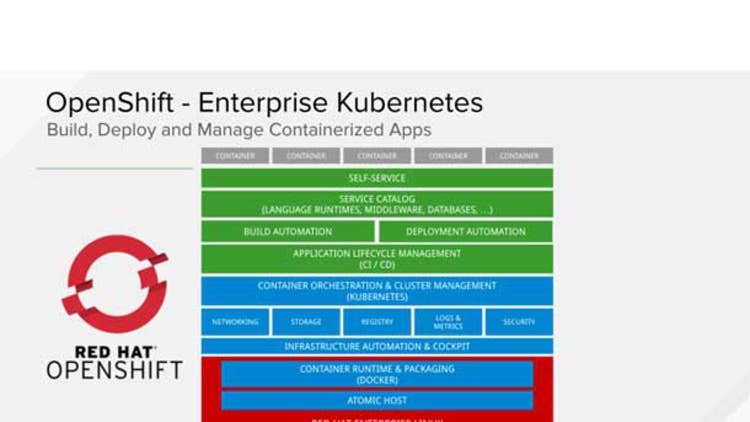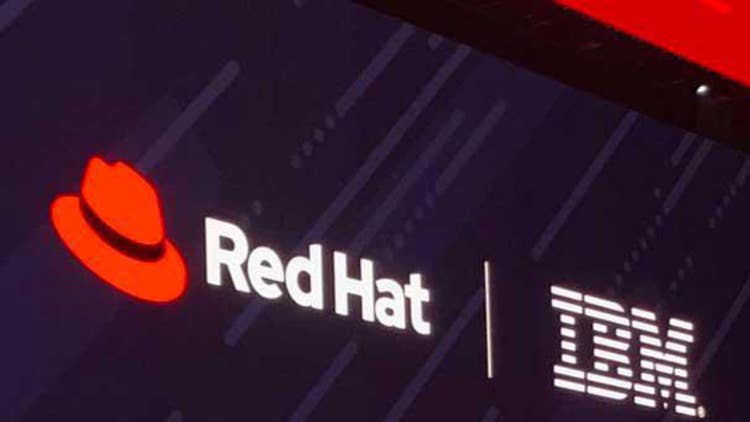Paul Cormier On 6 Ways Partners Can Help Red Hat Dominate The Cloud
Ahead of the Red Hat Virtual Summit, CEO Paul Cormier talks about educating the midmarket on using multiple clouds and why Red Hat needs partners to reach new customers.

Red Hat CEO Paul Cormier expects the cloud vendor’s virtual summit set for Tuesday and Wednesday will have plenty for the company’s channel partners to talk about.
Along with the company’s announced partnership with Boston University to advance open hybrid cloud research and operations at scale, the company will announce a complete Kubernetes stack with Red Hat OpenShift Platform Plus and expanded Red Hat Insights, among other product news.
Cormier has spoken about the importance of channel partners helping Red Hat win the cloud market and grow use of hybrid and multi-cloud architectures.
“Even for a smaller company, they are going to traverse multiple clouds. There‘s no ifs, ands or buts about it,” Cormier told CRN. “Our channel partners will be our main vehicle to get to the midmarket.”
Laura Leonti, partner manager at Continental Resources, a Somerset, N.J.-based IBM Gold Business Partner and Red Hat Apex Partner, told CRN that she agrees that customers have sought more workloads in the cloud and that tools like Red Hat’s Ansible that help them work in multiple environments have been in high demand.
She said she likes Red Hat’s channel program, calling it “uncomplicated.” “The only feature I feel is missing is quarterly back-end rebates and accelerators for accrued revenue,” she told CRN.
But she’d like to see Red Hat invest in how to improve its offerings for customers wanting to use containers in on-premises environments. “Containers are a major area of growth right now and a lot of customers are starting to field test containerization solutions,” Leonti said. “We see many going to cloud platform services to do this. Those who are looking to do so on-prem, we have found difficult to sell on the prospect of OpenShift. The cost seems to be off-putting to those who are field-testing smaller deployments, and the cost model seems to be off-putting to those who are evaluating their options for high-powered compute deployments.”
It’s been about a year since Cormier took the CEO reins after joining the company in 2001 as executive vice president of engineering. And it’s been about two years since IBM completed its $34 billion acquisition of the Raleigh, N.C.-based company.
Red Hat continues to host a separate channel partner program and strategy than IBM, even though IBM CEO Arvind Krishna frequently touts Red Hat OpenShift as the cornerstone of IBM’s plans to dominate the cloud industry. So how will Red Hat’s partners help both tech companies meet that common goal? Here’s what you need to know.

With Red Hat’s virtual summit this week, what are some of the biggest takeaways for Red Hat channel partners?
Hybrid is here, and it‘s here to stay for a long time. The whole hybrid architecture, the methodology around deploying hybrid, that is the predominant architecture and where it’s going right now. Every CIO now has to effectively become a cloud operator. Today, customers are using anywhere from five to eight clouds. Over time, that’s going to grow to potentially even 10. That’s what our products are all about to give you that common platform that runs across all those footprints. It doesn’t mean that everything is destined to go to AWS.
We‘re donating $552 million of software subscriptions to Boston University to help them drive key open-source projects that run on mass open cloud, which is a cloud that’s used by many of the universities for research that will all be run on Red Hat. We’re going to have research from the universities as well as engineers from Red Hat, start to develop tools, processes, including AI, so that we can start to get all the things needed to run these large scale clouds for every business. For partners, I think this opens up a ton of opportunity, because now in the hybrid world, it’s all about stitching all these things together with the right products, rules, processes and people to help our customers be able to run these multiple clouds.
We’ll see a lot on hybrid cloud security at the summit. We did the acquisition of StackRox to bring security at the Kubernetes level across all the footprints of the cloud.
Scalability — we’ll talk about two critical partnerships that became generally available in Q1, OpenShift on AWS and Windows container support on Microsoft Azure Cloud.
Cloud on the edge. The edge now becomes a critical part of the hybrid architecture because we have to get compute closer to where the data is.

How well is Red Hat penetrating the middle market?
It‘s our fastest growing segment right now. And that’s what’s really good for the partners as well because, for us, that’s a big partner-led segment for us. We’ve got over 200,000 customers. There’s no way that we can cover directly 200,000 customers.
Ansible (Red Hat’s automation platform) is the linchpin in this. Because of the complexity here, automation is a must. Ansible was one of our, if not the, best buys we ever bought.
(In 2015, Red Hat bought all of the shares of Ansible for about $126 million, according to a filing with the U.S. Securities and Exchange Commission.)
One of the fastest growing areas for us is managed services. That‘s going to be something interesting to the midmarket as well, where they don’t have to have the expertise on how to run, maintain and lifecycle the platform. We can do that for them. So we really look at OpenShift as our cloud platform. It just happens to run anywhere.

How do you further that penetration?
It‘s going to take more education, but also more tools, processes. For us to donate a half a billion dollars in software that’s a pretty big number, especially for us.
This research, it‘s more directed at operating clouds at scale. That’s what we’re aiming for here and even with our portfolio. We’ve built around the RHEL (Red Hat Enterprise Linux) and OpenShift platforms with our other products for years and years and years, because that’s what really spans that hybrid world. For partners, it’s hard to build a platform that runs the same on-premises, on bare metal, virtual machines, private clouds, in multiple public clouds. Partners don’t have to worry about that, they can now use OpenShift and add their value on top of that. And we can take them to all those other clouds. That’s the exciting part for the midmarket for us, and in the partners as well. They can worry about the investment in skill sets, investment in the value they add on top of that.

Are you thinking about ways to grow your channel ecosystem?
One of our principles is to reaffirm the partner ecosystem. Partners that are actually out in that midmarket are putting solutions together for customers where we might not even be present. I think we have to do a much, much stronger job of bringing those partners in. That‘s what we’re doing, going forward.
We just named a new head of worldwide sales, Larry Stack (pictured). This is one of the big focus areas for him. One of the things that we really want to do is across the globe, across our regions, we‘re going to get much, much more consistent in bringing programs, tools, opportunities to our channel partners. It’s a big part of our future success.

Should Red Hat channel partners, IBM channel partners and channel partners of both vendors expect to see more integration of the two companies’ channel programs, or should partners think more about specialization?
I think it‘s more specialization between the two. The way Arvin characterizes it is that IBM is going to be opinionated on Red Hat, but it can’t be the other way around. So we look at IBM as certainly a partner, a really good partner. IBM GBS (Global Business Services), they‘re gearing up to become the biggest professional services organization around OpenShift and Red Hat products. we are still going to work with all the other SI (system integrator) partners.
Red Hat is the tip of the spear for IBM. That‘s how they’re looking at it.

What obstacles are in your way for dominating the cloud market?
It’s understanding all the cloud providers. I mean, and I‘m not just saying just the big four — it is like 100. Any one of the cloud providers would love you to run every one of your applications in their cloud. I tell customers all the time, if you think that all your applications should run in this one cloud and that’s going to be OK forever, then maybe we’re not the solution for you. But you have to understand why that’s not the best way to go, from a customer perspective. There’s some amount of education, even upfront before you jump into the hybrid world of what it really means and how it all works. The reason why we started talking and building around hybrid before anyone else is because all the clouds are built on Linux. We’re the leaders in Linux. And so we saw our customers starting to move to cloud as we were working with our customers on that. And we recognized it just wasn’t practical to move everything to one place, certainly not quickly.